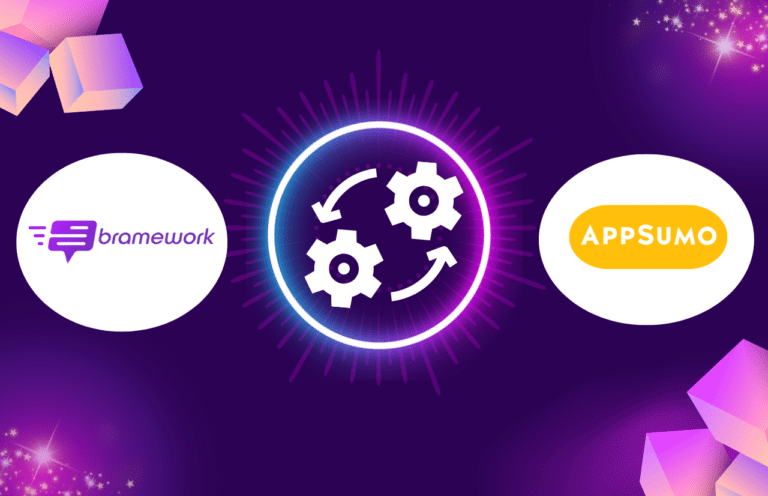Internal Linking Best Practices for 2024: A Comprehensive Guide
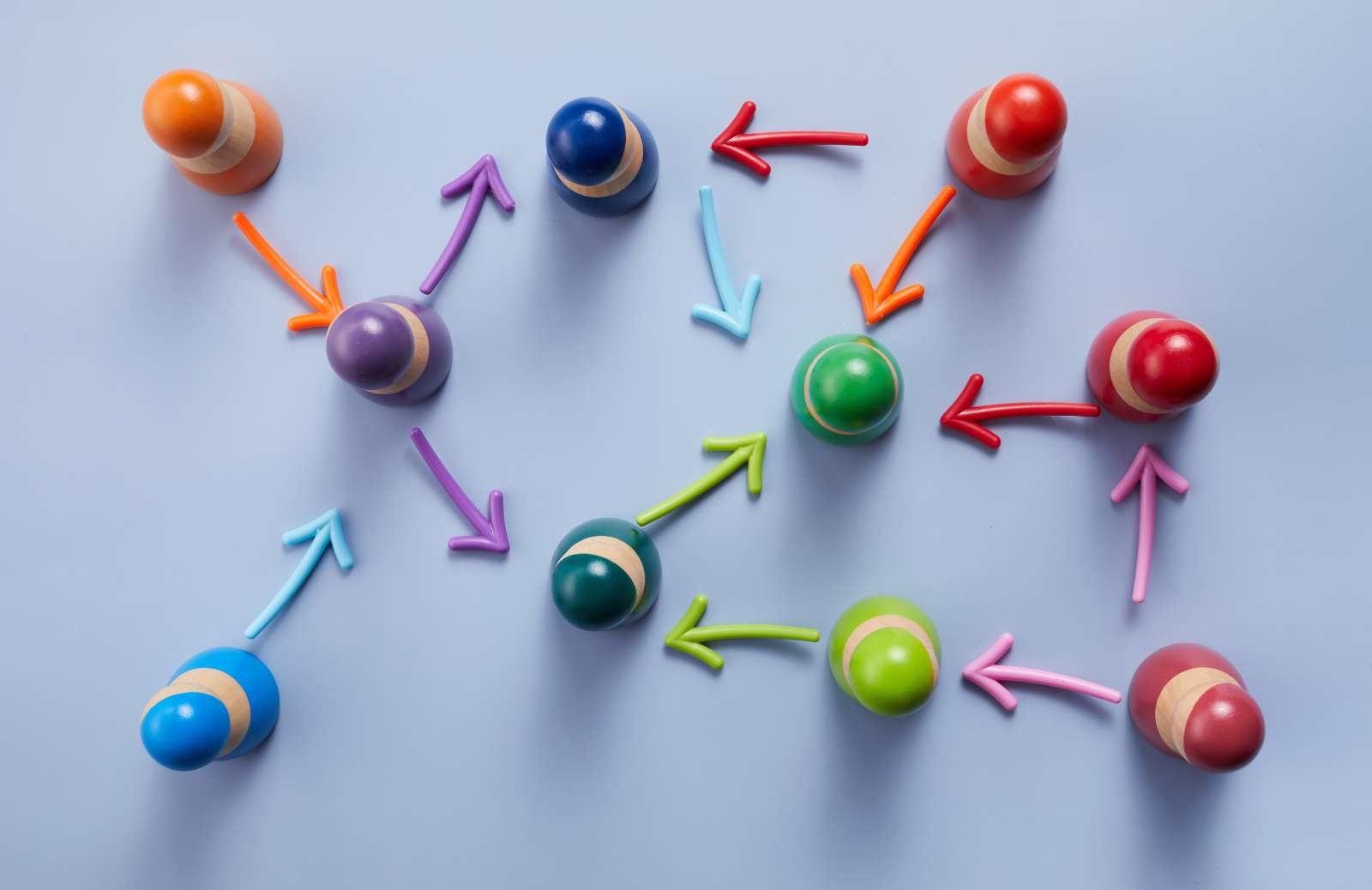
Are you up to date with internal linking best practices?
With each passing year, the world of SEO evolves and changes. Strategies that worked wonders in years past may now be outdated or even penalized.
This is especially true when it comes to internal linking – the practice of using hyperlinks to connect pages within your own website.
Internal links remain a crucial part of any successful SEO strategy, but the best practices for utilizing them continue to shift over time.
In 2024, creating an effective internal linking structure will require adapting to Google’s latest algorithms while keeping the user experience top of mind.
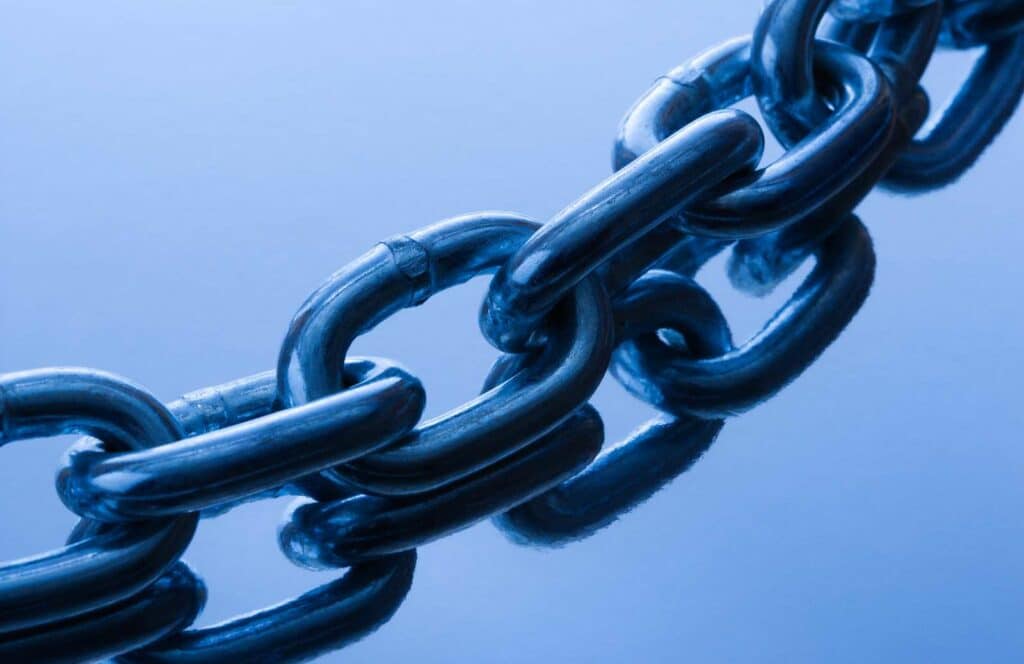
Table of Contents
- Key Takeaways
- Understanding the Basics of Internal Linking
- Definition and Importance of Internal Links
- How Internal Links Influence Google’s PageRank and Site Structure
- The Role of Internal Links in User Experience and SEO
- The Evolution of Internal Linking Practices
- The Impact of Google’s 2013 Penalty on Footer Links
- The Shift in SEO After Google’s “Helpful Content Update” in 2022
- Key Considerations for Effective Internal Linking
- The Importance of Contextual Internal Links Over Headers, Footers, or Sidebars
- Using Descriptive Anchor Text for Internal Links
- The Negative Impact of Broken Internal Links on User Experience and SEO
- The Future of Internal Linking
- Preparing for the Rise of Voice Search and Mobile Devices
- The Potential Increase in Organic Traffic with a Well-Structured Internal Linking Strategy
- FAQs
- Wrap Up
Key Takeaways
- Internal links help Google understand the relationship between different pages of your website and improve site structure.
- Contextual internal links within body content carry more weight than links in headers, footers, or sidebars.
- Internal links improve user experience by helping visitors navigate and find relevant content.
- Broken internal links have a negative impact on user experience and SEO.
- A well-structured internal linking strategy can increase organic traffic by 40%.
Understanding the Basics of Internal Linking
Internal linking forms the foundation of a website’s structure and navigation.
At its core, internal linking refers to using hyperlinks to connect relevant pages within a website.
These internal links allow users to easily navigate between pages and find related content.

For SEO, internal links also play a vital role for helping:
- Search engines understand the relationship between different pages on a site. When pages link to each other, it signals to Google that they are topically related. As a result, internal links help Google determine which pages are most important and relevant for different search queries.
- Connect site structure, internal links help with rankings by passing authority and equity between pages. Pages that receive more links and clicks gain authority in Google’s eyes. By linking internal pages together strategically, you can distribute authority across your site and ensure all important pages have a chance to rank well.
- Improve user experience by enabling intuitive navigation. Visitors can easily find related content, which reduces the bounce rate and keeps them engaged on your site longer.
Although bounce rate is no longer a direct ranking factor, it still indicates whether your content provides a satisfying experience aligned with Google’s goals.
In summary, effective internal linking best practices form the backbone of site navigation distributes authority for SEO, and enhances user experience – making it a crucial strategy for 2024 and beyond.
As practices evolve, keep these core benefits in mind when structuring your internal links.
Definition and Importance of Internal Links
Internal links are hyperlinks that connect different pages within the same website.
They allow users to navigate between related content and web pages on your site. Internal links serve a vital purpose for both user experience and SEO.
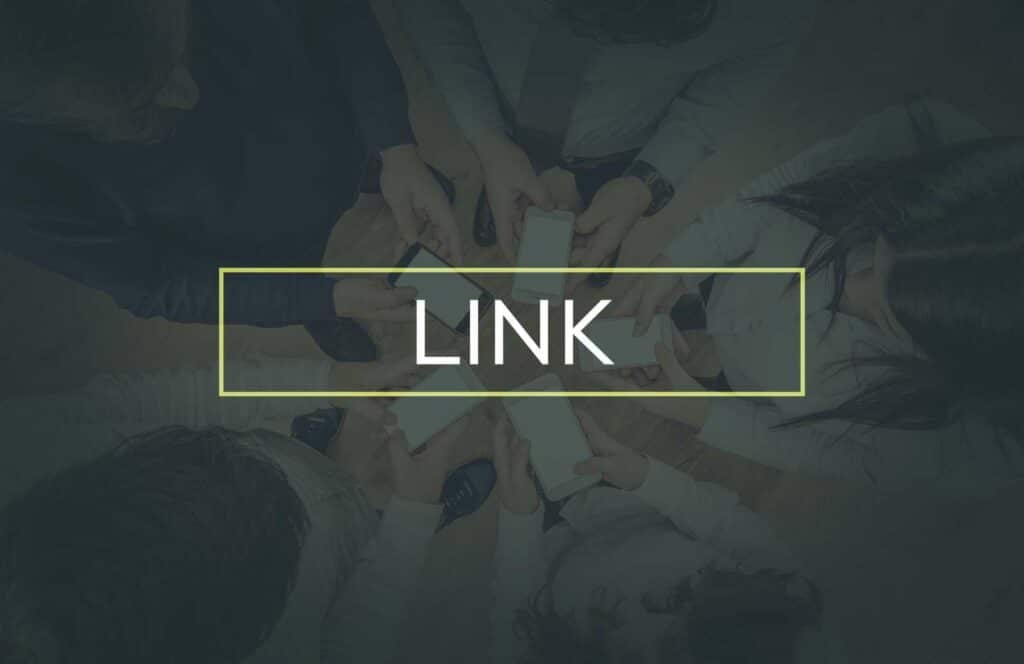
Fundamentally, they enable intuitive site navigation by guiding visitors to relevant pages and information.
Visitors can explore your site and delve deeper into topics they’re interested in. This results in lower bounce rates and more time spent on your site.
For SEO, internal links help search engines crawl, index and understand your site’s structure.

Critically, they show Google the relationships between pages and topics.
Pages that are heavily linked become authority pages, passing equity to other internal pages.
So internal links distribute authority and rankings potential across your site.
Overall, effective internal linking provides seamless navigation for visitors while optimizing “crawl-ability” and authority flow for search engines.
By connecting website pages together in a meaningful way, internal links form the backbone of user experience and SEO success.
As strategies evolve in 2024, internal links will remain a foundational on-page SEO factor.
How Internal Links Influence Google’s PageRank and Site Structure
Internal links play a crucial role in how Google ranks pages and understands a website’s structure.
Consider the impact of well-structured internal links.

Authority Distribution
- They efficiently direct authority gained from external sources to other relevant pages within the site.
- For instance, linking high-value content, such as service pages, to the about page effectively transfers authority, significantly enhancing their visibility in search results.
Semantic Connections
- Establishing these links enables Google to comprehend contextual relationships between pages.
- Thoughtful internal linking implicitly presents a clear informational architecture to search engines, aiding in better content hierarchy understanding.
Quality Matters
- Low-quality or forced internal links can have detrimental effects on search rankings.
- Ensuring natural integration within content and using descriptive anchor text are crucial to maintaining credibility and avoiding over-optimization.
These aspects highlight the significant role of strategic internal linking.
Internal links facilitate authority flow and communicate semantic connections to Google.
By structuring a website for optimal crawling and discovery, they ensure a seamless user experience while maintaining the credibility and relevance of the content.
The Role of Internal Links in User Experience and SEO
When it comes to creating a positive user experience and succeeding with SEO, internal links play a crucial multifaceted role.

On one hand, they enable intuitive navigation that helps visitors delve deeper into your site.
On the other, they signal semantic relationships and authority flow to search engines.
Balancing these dual purposes is key.

So, when focusing on user experience remember the following:
- Content Connectivity: Interlink content, enabling intuitive navigation between related pages, such as from blogs to product pages or within list posts.
- Engagement and Guidance: Strategic internal linking nurtures curiosity sparked by quality content, guiding readers to explore more without losing engagement.
- Avoiding Overload: Overloading content with too many links can disrupt the reading flow and distract readers from the main content.

Don’t force internal links where they don’t belong. Readers can tell when they aren’t contextual.
For SEO, internal links help search engines categorize page topics and distribute authority.
Pages with more external links gain higher authority. Linking these authority pages to related content passes equity and rankings potential.
But again, excessive internal links appear manipulative.
The key is finding a harmonious balance between user experience and SEO.
Internal links should connect related content in a contextual way that feels natural and intuitive for readers, not search engines. Satisfying visitors must remain the priority.
The Evolution of Internal Linking Practices
Over the past decade, internal linking strategies have undergone major shifts and evolutions.

Practices that were once mainstays have fallen out of favor as search engines update their algorithms.
In 2024, succeeding with internal links requires adapting to these changes.
The Impact of Google’s 2013 Penalty on Footer Links
One major evolution happened in 2013 when Google penalized footer links.
Prior to this, many websites used extensive footer navigation links.

However, Google determined this technique was manipulative and over-optimized. As a result, excessive footer links now face ranking declines.
This highlighted the need for contextual relevance in internal linking.

Links should logically fit within body content, not dumped en masse into footers and sidebars.
While some footer navigation links remain helpful, avoid treating them as an SEO tactic.
Focus on embedding meaningful links within paragraphs.
The Shift in SEO After Google’s “Helpful Content Update” in 2022
In 2022, Google’s “Helpful Content Update” emphasized expertise and satisfaction.
This requires thinking holistically about how internal links improve content quality and user experience.

With this update, excessive keyword-focused links declined.
Instead, links should connect useful resources and help readers learn. Strive for thoughtful, relevant links that enhance expertise, not force keywords.
Additionally, links should guide users seamlessly through content.
Use links to address potential questions and satisfy curiosity. Constant disruption from unnecessary links hurts satisfaction.
Overall, this update marked a shift from manipulative optimization to truly helpful content.
Internal linking plays a key role in improving content quality and user experience. But links must arise naturally, not simply to target keywords and rankings.
Adapting strategies to align with Google’s evolving standards remains crucial for SEO success.
Key Considerations for Effective Internal Linking
When structuring an internal linking strategy in 2024, focus on crafting contextual links that provide value to users.

Several key factors contribute to effective internal linking.
The Importance of Contextual Internal Links Over Headers, Footers, or Sidebars
When it comes to internal links, placement matters.
Links embedded contextually within paragraph content carry far more weight and deliver better results than an overabundance of links dumped into headers, footers, or sidebars.

Google has emphasized the importance of contextual relevance when linking internally.
Excessive links grouped together in sidebars, headers and footers disrupt reading flow and provide poor user experience.
Readers want links within the text itself that naturally guide them to related resources and information.
Contextual internal links show readers the topical connections between pages or sections of content.
A link seamlessly embedded within a paragraph allows readers to deepen understanding by clicking to supporting pages and resources.
These context-driven links boost engagement.

In contrast, packing links into headers, footers and sidebars comes across as manipulative and spammy to Google.
These areas should be used judiciously for site navigation elements. Limit link frequency to avoid diluting their impact.
Savvy SEO requires adapting to Google’s evolving algorithm.
Place priority on embedding meaningful internal links organically within content to provide value for readers.
Reserve side areas for navigation. Contextual relevance is now king when structuring internal links effectively.
Using Descriptive Anchor Text for Internal Links
When creating internal links, the anchor text you use can have a significant impact on both user experience and SEO.

Anchor text refers to the clickable text that forms the hyperlink – often a key phrase or term relevant to the page being linked to.
For internal links, crafting descriptive, contextual anchor text is crucial.
With anchor text, you want to briefly summarize the target page to provide the reader with a preview of what they will find there.
Using a relevant keyword or topical phrase helps search engines categorize the relationship between the pages as well.
However, avoid simply repeating the exact page title as anchor text or stuffing in multiple keywords. This comes across as over-optimized and unnatural.
Instead, identify a concise, descriptive term or phrase that aligns with the linked content and use it conversationally within the sentence.

For example, if you are linking to your “social media marketing services” page, you could say something like: “We also offer a range of social media marketing services tailored to your brand.”
The anchor text “social media marketing services” provides context for readers and search engines while matching the on-page content.
But it arises naturally within the sentence, avoiding a spammy or forced feel.
When used judiciously, descriptive anchor text like this helps boost engagement and comprehension.

Overall, internal anchor text represents a valuable opportunity to optimize SEO and user experience both simultaneously.
Seamless, conversational anchor text aligns perfectly with Google’s latest standards.
The Negative Impact of Broken Internal Links on User Experience and SEO
Broken internal links can have a detrimental impact on both user experience and SEO.
When a user clicks an internal link and it leads to a 404 error or inactive page, it interrupts the flow of information.
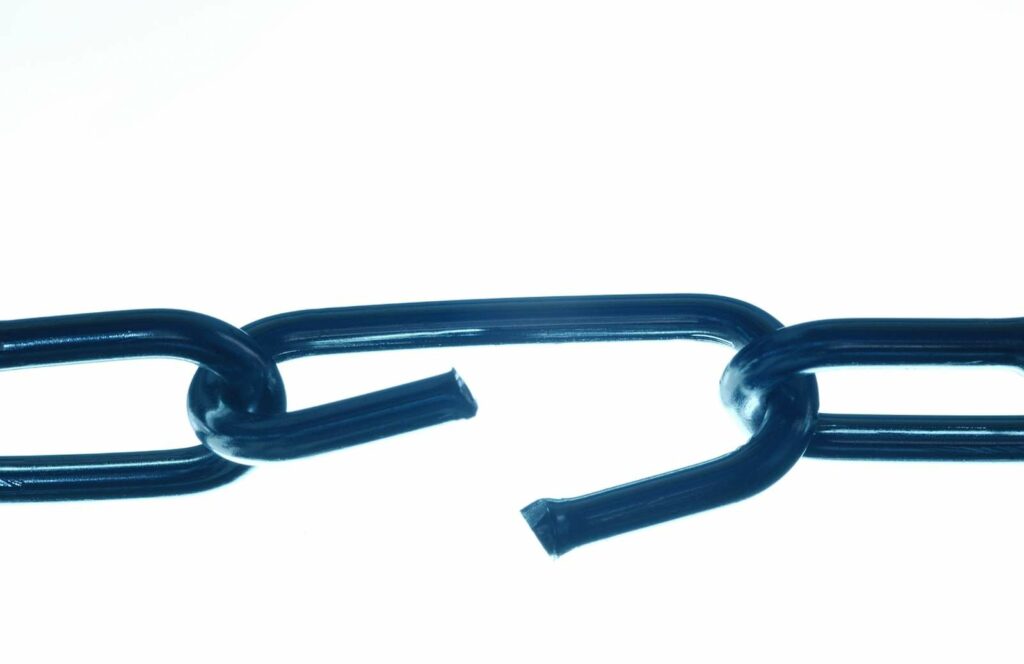
This forces the user to backtrack, costing them time and frustration.
From an SEO standpoint, broken links signal technical problems on a site. Google wants to see sites that operate smoothly and efficiently.
Too many broken links may indicate a lack of site maintenance, which can negatively affect rankings.

Specifically, broken links hurt user experience by:
- Disrupting navigation and causing dead ends
- Forcing users to backtrack and find new paths to information
- Creating a perception that the site is outdated or unmanaged
For SEO, broken links:
- Indicate site structure issues and prevent proper crawling
- Lead to pages with missing information that may get indexed
- Cause pages to lose value without linked contextual resources
By taking the time to regularly audit and repair broken internal links, you can avoid these negative impacts.
Users will enjoy seamless navigation, while search engines see your commitment to providing a polished experience.
Maintaining a smooth linking structure demonstrates your dedication both to visitors and Google.
The Future of Internal Linking Best Practices
As we move into 2024 and beyond, internal linking strategies will need to adapt to align with Google’s evolving algorithms and changes in how people search.

Two key trends will shape the future of effective internal linking best practices.
Preparing for the Rise of Voice Search and Mobile Devices
Voice search usage has risen dramatically in recent years. By 2025, 50% of searches may happen through voice assistants.
People increasingly use natural language, and conversational queries.

This impacts internal linking, as links are invisible in voice search.
To show relevance for conversational queries, use natural linking phrases people may ask about.
Optimize pages for long-tail, natural language queries.
Similarly, mobile usage continues growing globally. Small screens make excessive links and long anchor text disruptive.
Tight, precise anchor text in a minimalist linking structure optimizes for mobile UX.
The Potential Increase in Organic Traffic with a Well-Structured Internal Linking Strategy
Recent studies show sites with optimized internal linking can gain over 40% more organic traffic.
But links must be contextual, conversational, and designed for users.

Avoid over-optimization with excessive, forced internal links.
Instead, focus on guiding users naturally to truly useful resources that satisfy their interests.
With strategic internal linking best practices that keeps users engaged, sites can potentially gain significant organic visibility and traffic.
FAQs
How many internal links should a page have?
Every long-form piece of content and all important pages should have around 3-4 internal links pointing out to other pages, with an additional link per 300 words or so.
Is internal linking good for SEO?
Internal links help Google find, index, and understand all of the pages on your site. If you use them strategically, internal links can send page authority (also known as PageRank) to important pages.
What are the two ways to classify internal links?
There are two types of internal links: navigational and contextual. Navigational links include links in your header, footer, and navigation bars to help users find other pages within the same domain as search engines crawl your website. While contextual links are anchored texts within the body of your content.
Wrap Up
Internal linking best practices remains a crucial on-page optimization factor as we move into 2024.
With Google’s algorithms evolving to prioritize expertise, depth, and satisfaction, internal link strategies must align with this focus on quality over quantity.

The key is crafting contextual internal links that guide users seamlessly through content, connecting related resources in a natural way.
Excessive, manipulative links clutter the experience. Instead, thoughtfully embed links within paragraphs to boost engagement and demonstrate relevance.
Additionally, keep future search trends in mind, optimizing pages for conversational long-tail queries and mobile-friendly minimalist linking.
With strategic user-focused internal linking, sites can potentially increase organic traffic while delivering a smooth navigation experience.
Most importantly, internal links should satisfy reader curiosity and enhance understanding – not simply chase rankings.

By providing truly valuable resources rather than forcing links, you demonstrate respect for the user’s needs and align with Google’s emphasis on helpfulness.
If designed strategically with the audience in mind, an internal linking structure can be a powerful asset driving results in 2024 and beyond.




